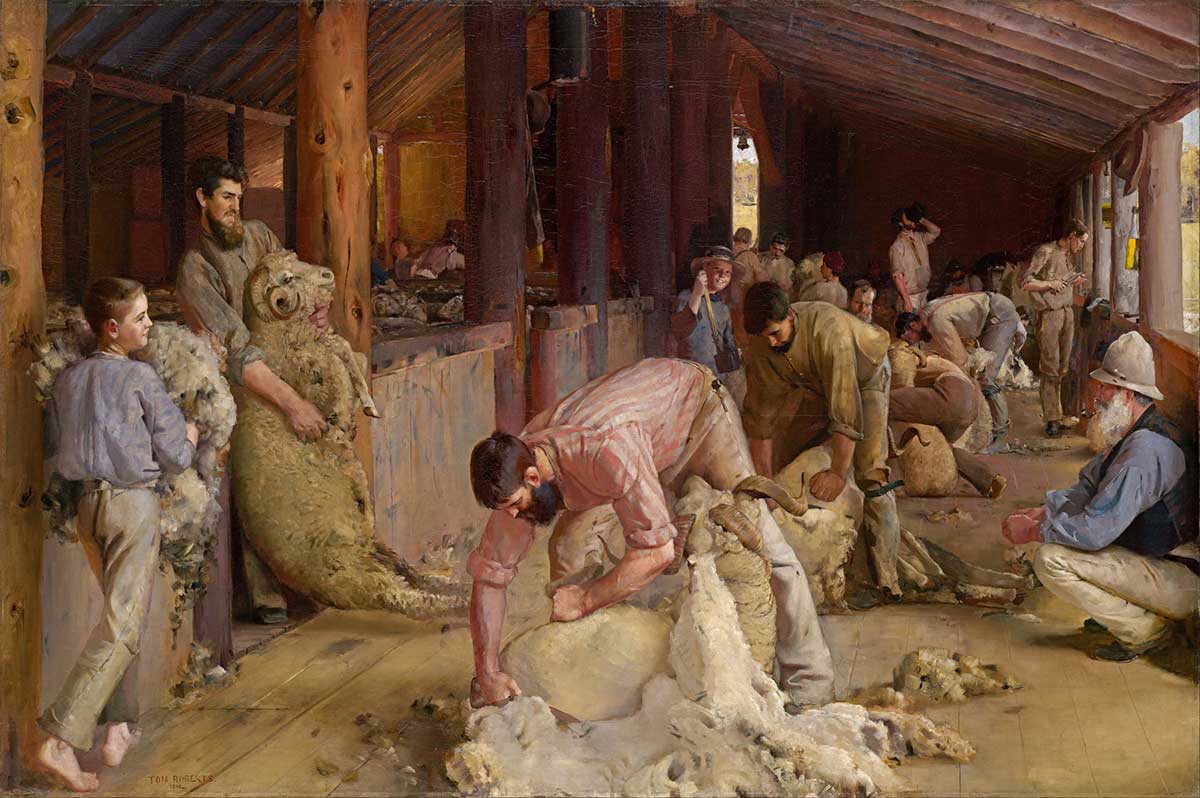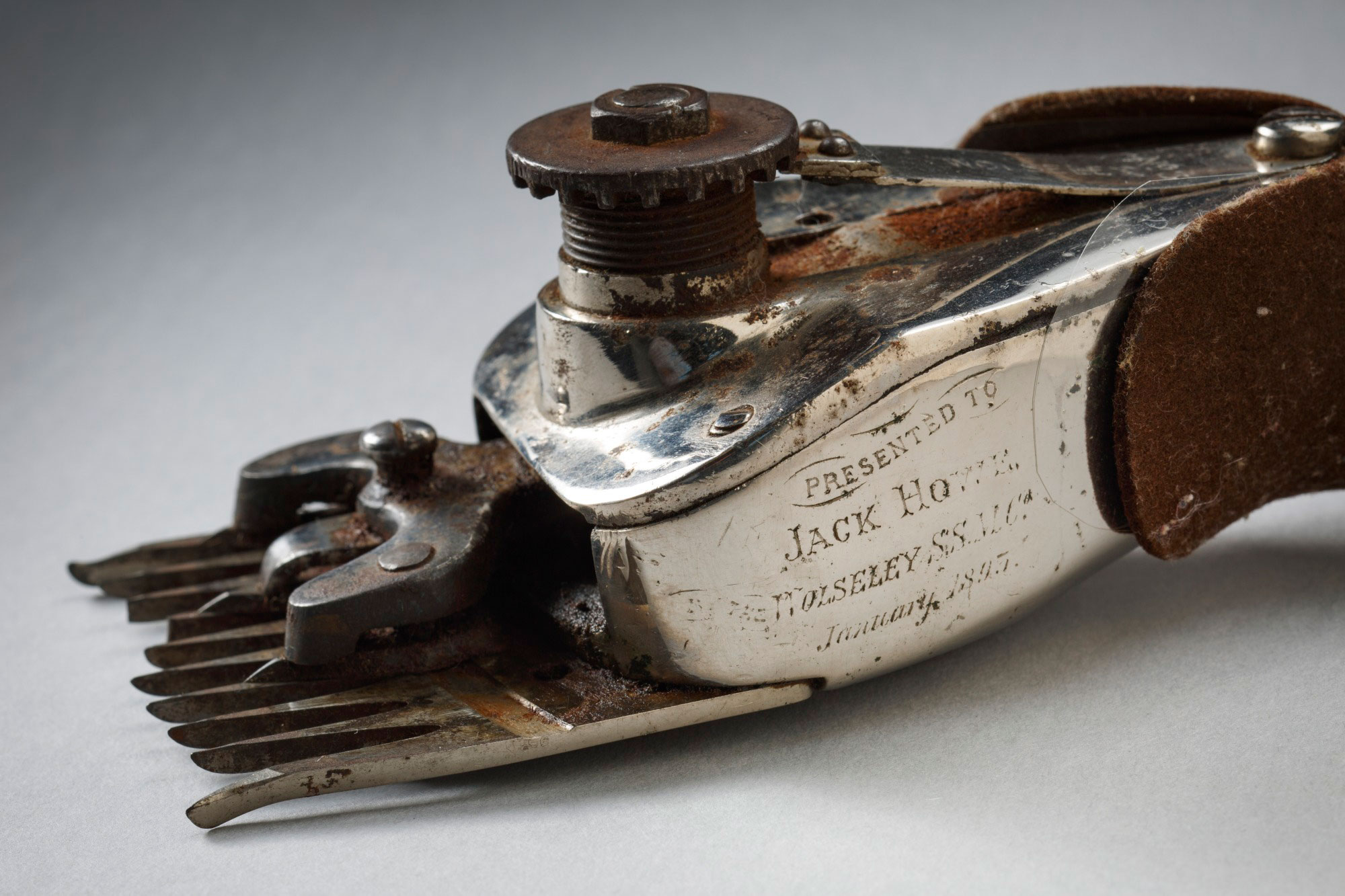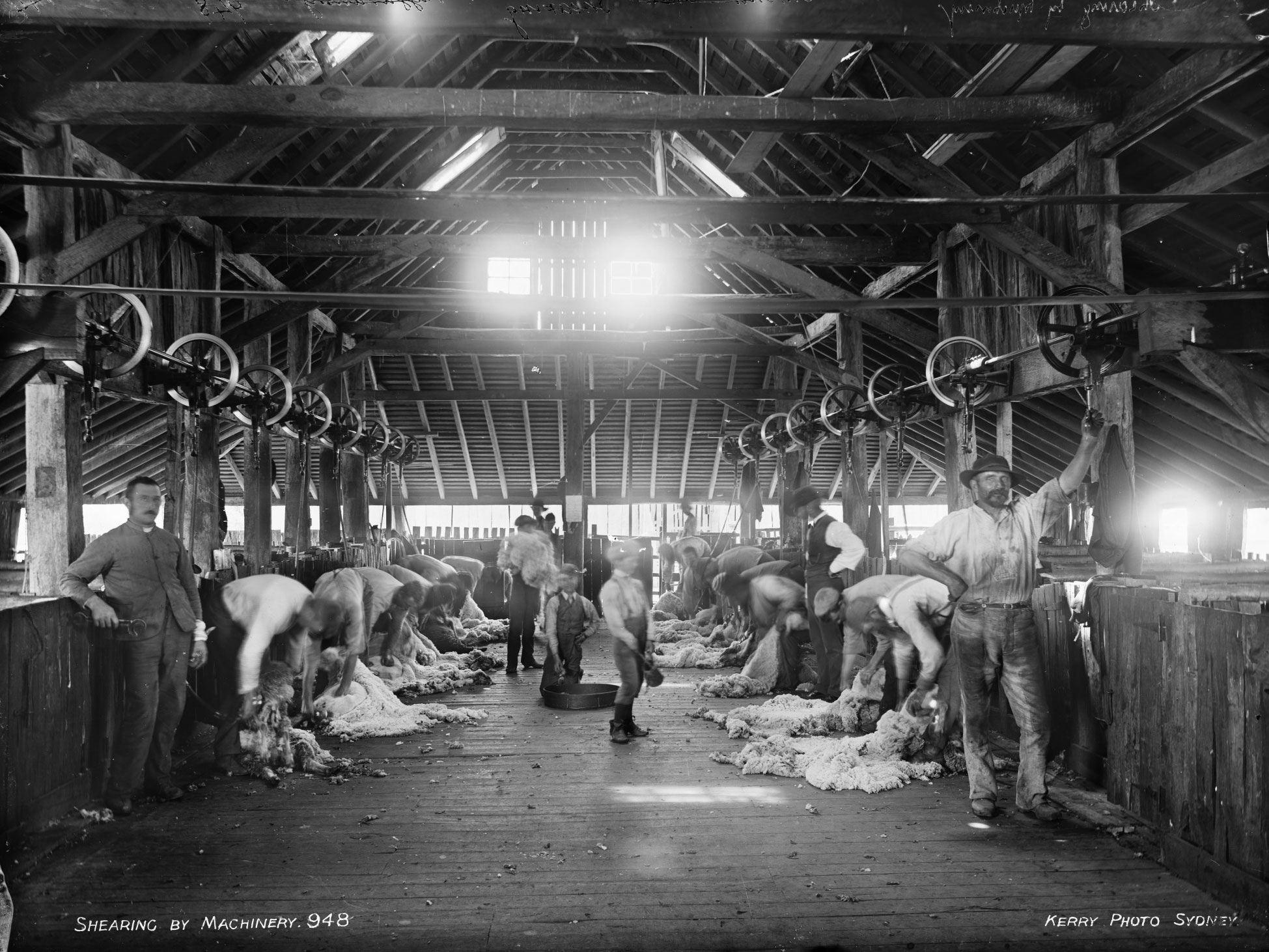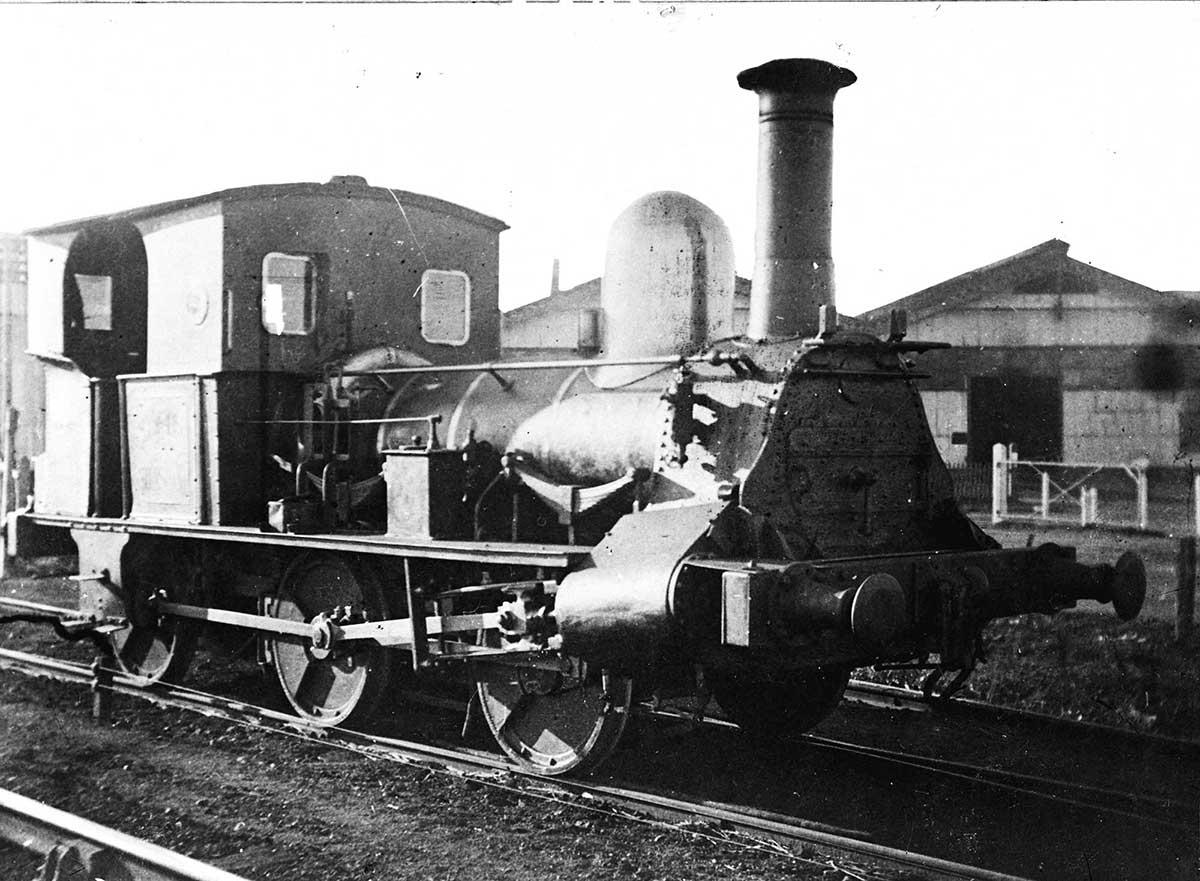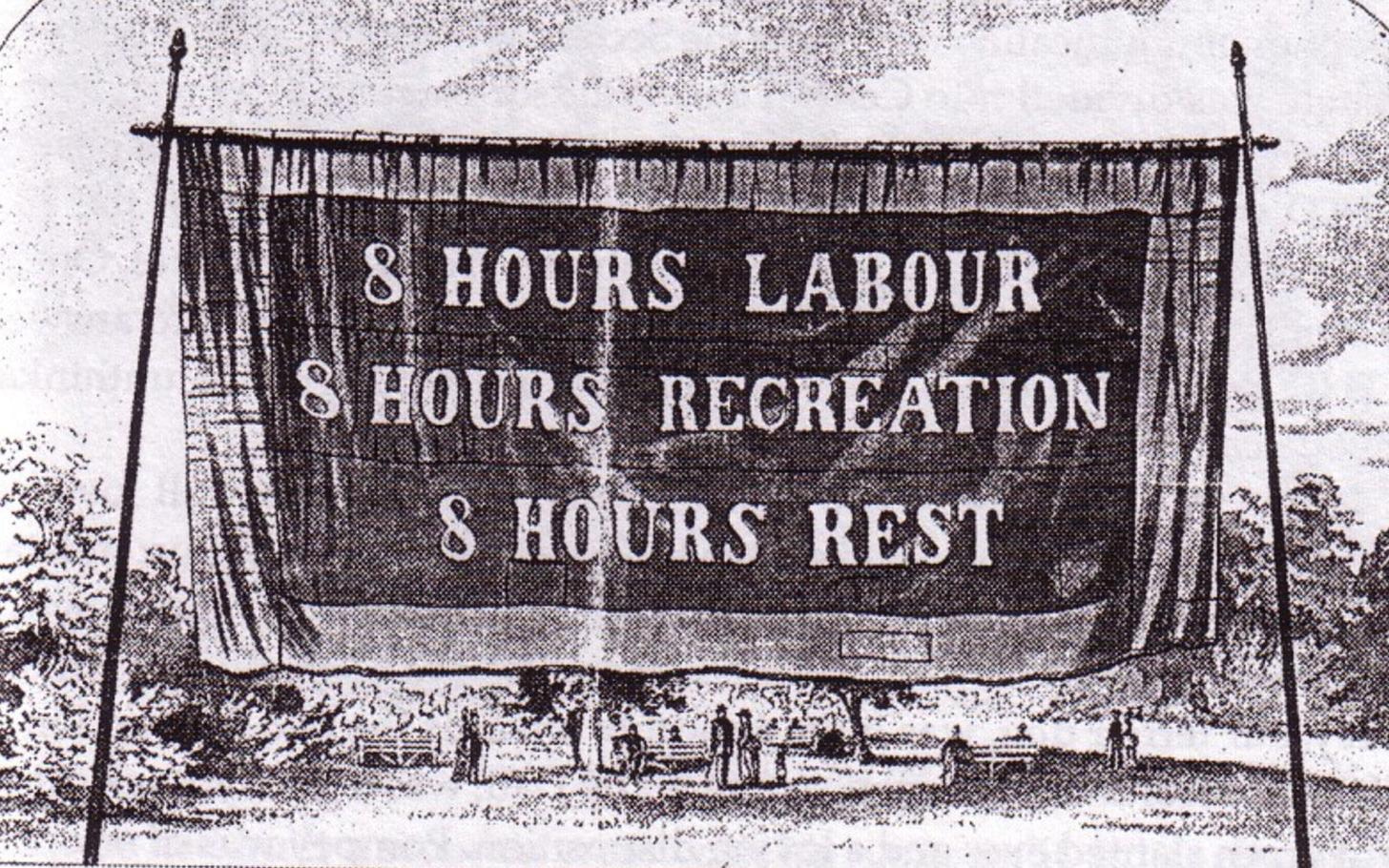Learning module:
Industrial Revolution Defining Moments, 1750–1914
Investigation 2: Understanding the consequences of a change in technology
2.1 Shearing and wool in Australia
The new source of power for the early engines of the Industrial Revolution was steam. By the 1890s the main source of power for engines was changing to electricity, and petrol or diesel for smaller, transportable engines (such as car engines).
One example of the impact of change in technology can be seen in the development of an Australian invention, the Wolseley portable shearing machine, an object in the National Museum of Australia’s collection.
Look at the following evidence, answer the questions, and then use what you have found out to create a summary of the impacts of technology on industry during the Industrial Revolution.
Start by looking at the two paragraphs of shearing implements below.
1. Describe each.
2. How would each work?
Look at the two images of shearers at work below.
3. Both images show the same type of activity, but one is a painting, the other is a photograph. Is one better evidence than the other? Explain your views.
Look at the museum display of a Wolseley portable shearing machine below.
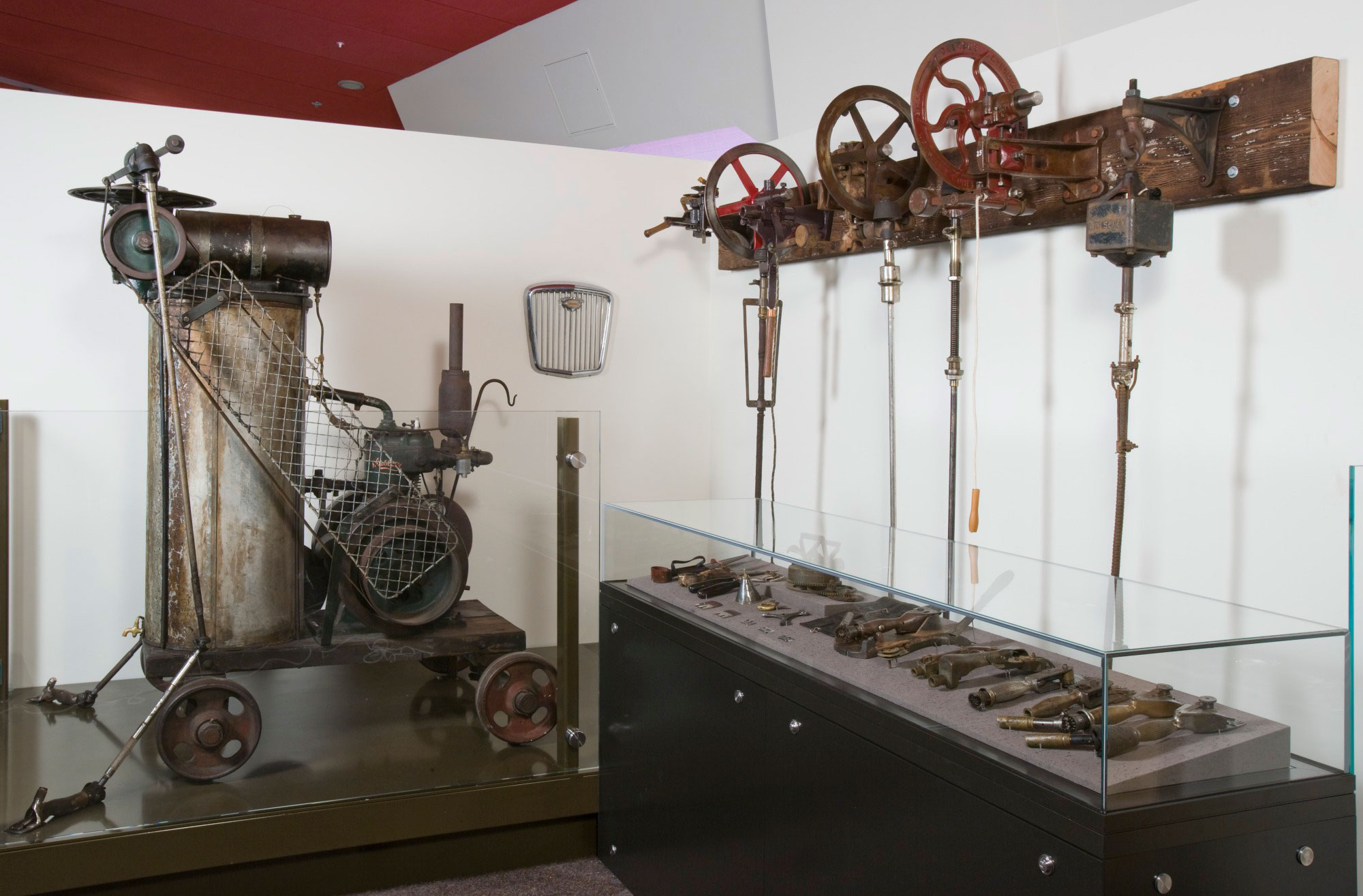
4. Explain how this machine would work. In your explanation you need to describe the source of power and the way the engine is connected to the individual clippers.
5. How does the development of the Wolseley portable shearing machine illustrate a change associated with the Industrial Revolution?
An account of shearing
Read the letter to the editor below and decide:
- What the article is about
- What the view or attitude of the writer is towards the change.
|
Sir,—It may interest some of your readers to know how sheep are shorn by machines … Shearing on a sheep station is the one busy time of the year; and if there are from 30,000 to 50,000 sheep to get through, there will be 16 or 20 shearers. Amongst these there are sure to be some men who are what is termed rough—that is they do not take off the wool clean, make lots of second cuts, and cut the sheep badly. Even good shearers make second cuts in the wool when going over the back, in the flank and about the neck; and when wool is cut up in small pieces it must deteriorate the price … Merino ewes are fine in the wool and very tender in the skin; yet most ordinary shearers do from 150 to even 200 a day. It is impossible to do such a number well … [T]he rule of the station always is, “Get the shearing through,” so that the sheep may get quickly back to the hills …
A three horsepower engine will work 16 [shearing] machines … A shearer catches a sheep and brings it to his stand … With two or three cuts he has the brisket clean, he then runs the machine across the belly, cleans the hind legs and round the tail; then up the neck and round the head, finishes the neck, down shoulder and side, and over backbone, then down the other side, and stops the machine, and lets the sheep go. The machine runs through the wool quite easily. It is just guided to any part, and goes round the ears the same as down the side; you can shear either very close, or can leave wool on by altering the comb. They are made in several thicknesses; in cold parts it is a great advantage to leave a little wool on the sheep. A careful man with the machine will never cut a sheep … Even thin-woolled old ewes—which the best hand-shearer could not shear without breaking the fleece across the back—are done just the same as heavy woolled sheep.
When the fleeces are thrown out to the table to be skirted, they do not take nearly so much room as hand-shorn ones. A hand-shearer has always to be pulling the fleece out of his way, but with the machines it just falls over as it is cut. I think that for anyone connected with sheep, the machines are the most wonderful thing ever invented … when you consider the superior way the sheep are shorn, and, you get every ounce of wool taken off as it grows on the sheep, I should think that the expense of getting the machines fitted up would repay itself in two years by the extra price of the wool and the far less knocking about the sheep get.
Otago Witness, 15 May 1890, page 9 |
6. What is the article about?
7. What is the view or attitude of the writer towards the change?
8. From your study of this evidence, list the advantages or benefits and disadvantages or costs of the change for each of the following changes in the wool industry:
| Change | Advantages or benefits of change | Disadvantages or costs of change |
|---|---|---|
| The shearer | ||
| The sheep | ||
| The wool | ||
| Productivity | ||
| Financial profit/loss | ||
| The pastoralist |
9. Look back to the introductory activities on change. What characteristics of change can you see in this example of shearing technology?
10. What different attitudes might exist among different people towards the change? Explain your views.
When you have done this you will be able to answer the question:
11. What impacts did the development of the steam engine in Britain during the Industrial Revolution have on the production of wool Australia?






